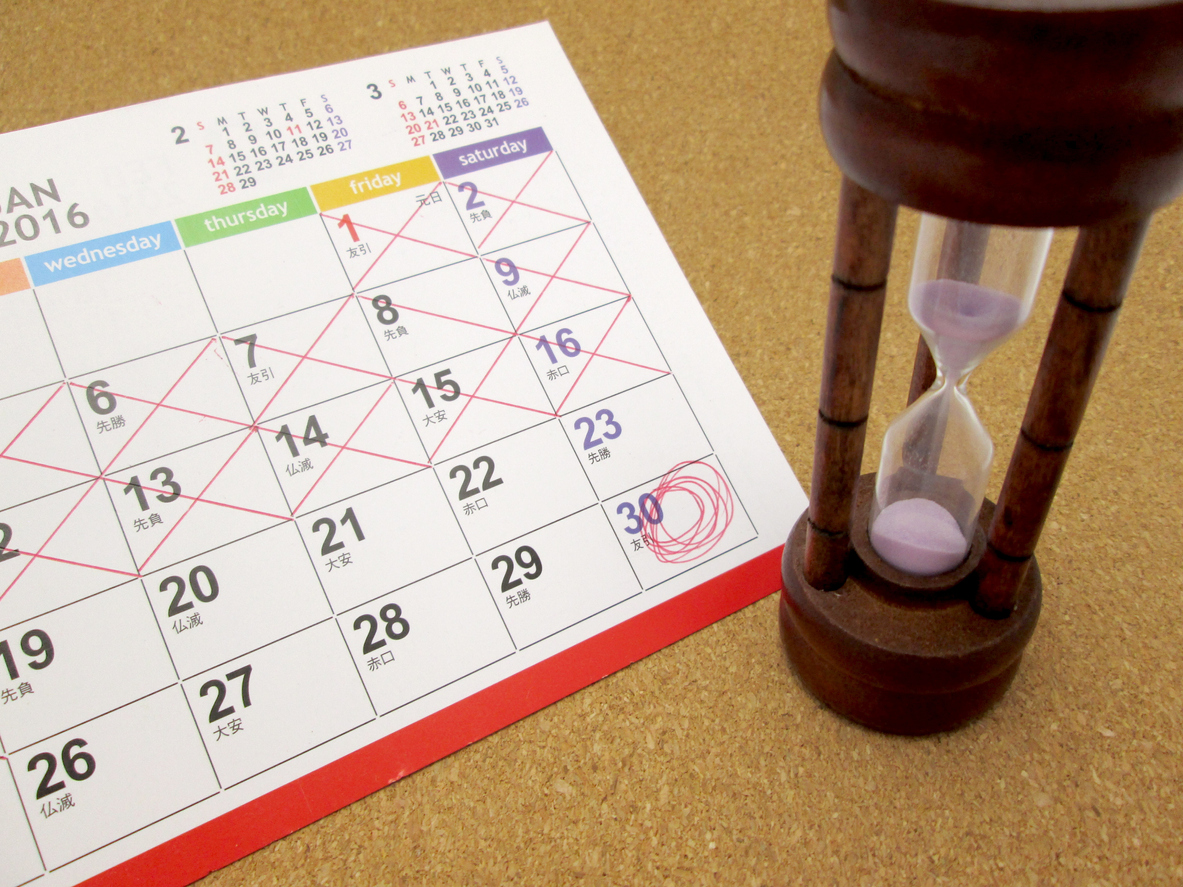History of Expiration Dates
The world has lived in an age of expiration dates for about 50 years. Britain’s Marks & Spencer stores started putting expiration dates on foods in 1972 after overhauling their chain-wide line of cakes that was steadily losing ground. The dates were intended to boost sales with proof of quality-mindedness more than anything else.
Around the same time, the rapid expansion of the US processed foods market contributed to the rise of expiry. With directly sourced food being replaced by mass-produced new options, shoppers wanted more information about food quality. Activists slammed food manufacturer’s “secret codes” on food labels, and open dating soon followed. Consumer satisfaction with food quality increased. In 1979, however a US study on food expiration dates threw some shade. The study showed that while consumers felt happier, there was “little evidence to support or negate the contention that there is a direct relationship between open shelf-life dating and the actual freshness of food.”

Even today, the only US food product subject to FDA regulation and oversight of expiration dates is infant formula. If that isn’t ambiguous enough, dare we segue to medical expiration dates?
MEDICAL INDUSTRY
From pharmaceuticals to medical supplies, medical devices to medical packaging, research about expiration dates revealed some expected and some surprising, finds.
Pharmaceuticals, as expected, with a surprise: expiration dates are required on all drugs by the 1979 National Drug Code Law and the Expiration Dating Law. The legislation required that all pharmaceuticals and over the counter (OTC) medications made or sold in the US display expiration dates. The dates would be set by the manufacturer and based on stability testing results. From there, an expiration date is set until which time the maker “guarantees” the efficacy and stability of the product.
The surprise enters when observing the debate over the relevance of drug expiration dates. The FDA seemed to acknowledge as far back as 1986, a wide margin, currently discussed as Expiration Dating Extension. The program was started in response to longtime government programs that called for stockpiling medical countermeasures (MCMs) for use in public health emergencies. Specifically, the FDA worked with the Department of Defense and established the Shelf-Life Extension Program (SLEP) after seeing billions of dollars in medicines held by military and other units being destroyed and replaced every few years due to expiration dates. The extension program set periodic stability testing parameters on expired products to be conducted by the FDA, along with other criteria. It has consistently demonstrated that date extensions could be granted, often repeatedly, based on the results of the periodic efficacy and safety re-testing. The FDA website now offers four “Approaches to Drug Product Expiration Date Extensions.”
Medical supplies (i.e., bandages, syringes, tubing, clamps, sharps, etc.), surprise: It’s a crap shoot, perfectly illustrated by a 2014 published Letter to the Editor of the journal, Anesthesia & Analgesia.
The letter, titled “Does it Expire, or Doesn’t It? Only the Manufacturer Knows for Sure,” was submitted by two MDs and a BSN from a Florida hospital. The gist of their concern arose from their assignment to conduct internal quality inspection. Specifically, they had to take inventories of multiple anesthesia equipment carts and complete various documentation on each. In assessing the various medical supplies found on the roster of carts, the clinicians became perplexed by the “apparent lack of logic dictating expiration vs. no expiration.”
Among the examples they cited were a nasal cannula packaged with an expiration date and a disposable face mask with none. A 30-ml syringe had an expiration date, but a 10-ml syringe from the same manufacturer had none. And so on. The finding brought up many examples and additional questions, such as, what dictates the life span of a tongue depressor?
The letter went on to note that they had reached out to query the matter, contacting internal staff, state administrative officials, and the Florida Medical Board. They also contacted several medical device manufacturers, yet contact after contact, no one could explain anything related to expiration dates.
Even their own hospital documentation had a policy document that stated, “sterile items do not have expiration dates” and could be used “as long as the integrity of the package is not compromised.” And how was that to be determined, other than eyeballing it? No further information found.
-
Medical devices, surprise: Medical devices have no fixed expiry requirements. Non-binding FDA Guidance from 1991 remains the most recent on record, “Shelf Life of Medical Devices.” The rapid advancement of technology producing new implantable devices, drug delivery systems and materials creates an interesting scenario. Today’s devices present hardware, software, nanowires, batteries and many run-on apps or work with proprietary companion technology. They may be constructed with new polymers, plastics, and compounds. Has performance over time been assessed for features like internal battery performance, wires, technology updates and countless other breakthroughs? Do existing stability tests adequately assess the factors that may be presenting for the first time? This is a conversation starter.
Medical packaging, a wildcard. ISO 11607 requires that medical device packaging “must keep the device sterile until the moment of use.” That is the statement.
As such, if medical devices have no required expiration dates, and the compass is 1991 non-binding guidance, then where does that leave us?
The FDA’s non-binding advice on establishing a shelf life for a medical device includes, (among other general recommendations):
-
Early consideration of shelf life in the design process
-
Examination of materials, components, and packaging for possible effects on shelf-life characteristics
-
Review of literature from similar devices
-
Standard stability testing of the medical device
-
Adding time expected for “shipping, storage and use”
With the passage of time, the landscape changes across the globe in medical supply and regulation, and continuous advancement.



.png)